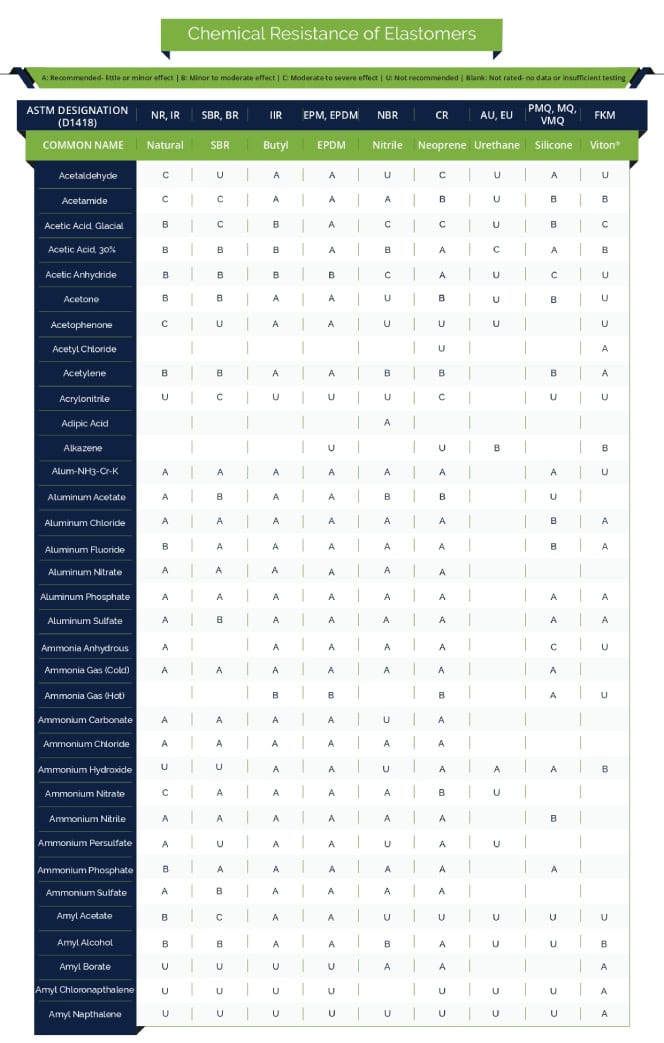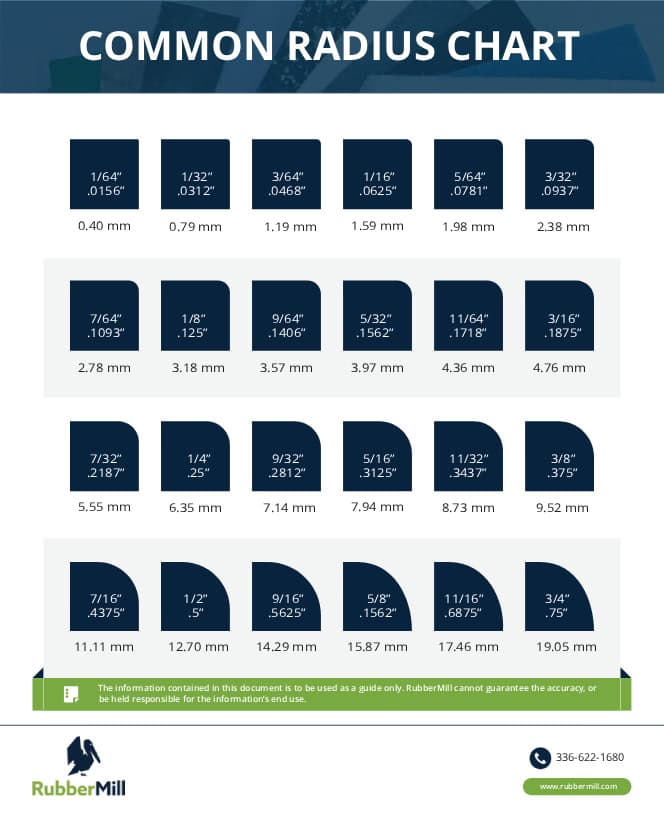Elevated temperatures, excess noise, and vibrations from sound can damage sensitive equipment in a vehicle’s chassis, cabin, or electronic systems. This can pose safety risks to operators and passengers as well. Insulating materials can be used to block or diffuse heat and sound to mitigate damage and provide a safer, more comfortable ride.
RubberMill supplies vehicle OEMs with insulating materials and precision die-cut components for managing thermal and acoustic conditions. We provide high-quality, custom die-cutting services, expert prototyping, and full production capabilities to meet our customers’ needs for parts, pricing, and timely delivery.
Learn more about our die-cutting capabilities for insulating materials used in transportation applications.
About Acoustic and Thermal Insulation
Acoustic insulation materials are used in vehicles to redirect, absorb, or transmit sound waves to reduce noise, sometimes in specific frequency ranges for targeted protection. Thermal insulation materials either convect, conduct, or radiate heat energy to prevent heat from transferring between surfaces of varying temperatures.
Acoustic Insulation
Sound reflects off every surface to some degree, so shaping acoustic insulation components to fit in designated areas precisely helps to minimize noise and vibrations in the designated areas. Acoustic insulation materials reduce noise by absorbing, transmitting, or redirecting sound waves. Some materials can even target specific frequencies. They are typically lightweight to avoid contributing significantly to overall vehicle weight.
Some common materials for acoustic insulation include:
- Open-cell elastomeric foams (e.g., polyester, polyurethane)
- Acoustical FibraMat™
- Layered composites
- Nonwoven fiber materials
- Bicomponent materials
- Masticated rubber
- Custom laminates
- Mass loaded vinyl (MLV)
Thermal Insulation
Thermal insulation reduces heat transfer between objects with different temperatures. It is particularly important for insulating firewalls in vehicles and preventing thermal runaway in electric vehicles, as well as insulating heat-generating electrical components. Depending on the application, heat transfer can be reduced with materials that conduct, convect, or radiate heat energy.
Some common materials for thermal insulation include:
- Fiberglass for conduction and convection
- Fiberglass alternatives like FibraMat™ and PyroMat™
- Polystyrene
- Polyurethane foam
- Nonwoven fiber materials
- Ceramic paper fiber
- Aluminum foil or Mylar for radiated heat
- Cellulose
Benefits of Acoustic and Thermal Insulation Material in Transportation
Acoustic and thermal insulation materials in vehicles help create a safe and comfortable environment in vehicles for occupants, as well as protect against heat- or vibration-related equipment damage or malfunctions.
Acoustic insulation offers several benefits for transportation applications:
- The ability to target specific frequency ranges
- Cabin, engine, and road noise reduction
- Fewer distractions to driver due to vehicle noise
- Lower decibel (dB) levels
- Regulatory compliance
Thermal insulation offers these benefits:
- Protection against thermal runaway, fire, or combustions
- Enhanced passenger comfort
- Thermal insulation can regulate temperatures so cabin heating and cooling systems work more efficiently. This can save fuel and cut emissions.
Examples of Vehicle Insulation Components
The die-cutting process involves stamping a sheet of material with a specialized die. The die’s sharp edges cut the shape from the material with great precision and clean edges. Materials including nonwoven polyester, closed-cell or open-cell sponge rubber, elastomeric blends, silicone or neoprene rubber, polyethylene foam, fiber, fiberglass, engineered materials, and other flat sheet materials can be die-cut to make insulating pads, rings, sheets, and other parts. The process is well-suited to high-volume, high-precision applications.
Insulation is used in many types of vehicles like buses, trucks, off-road vehicles, recreational vehicles, and cars. Some examples of insulating components that can be die-cut are:
- Equipment and component spacers
- Filters
- Gaskets and seals
- Insulating panels for floorboards and firewalls
- Housings, cells, and composite tubes for engine compartments
- Various insulation materials like stuffers, headliners, dashboard components, body components, non-woven fillers, and door panels
Choose RubberMill for Die-Cut Insulation Components for the Transportation Industry
RubberMill has become a trusted manufacturer of custom, die-cut acoustic and thermal insulation products for OEMs in many industries, including the transportation and vehicle industry. We provide in-house steel rule die making and work with many materials including polyester and polyurethane foams, rubber, and fiberglass alternatives like FibraMat™. Our capabilities include part sizes up to 60 in. L x 80 in. W, and part thicknesses up to 4 in.
Learn more about the industries we serve from our Liberty and Conover, NC facilities, and check out our custom die cut products page for more information. If you’re ready to start your next project, please request a quote for your application.








